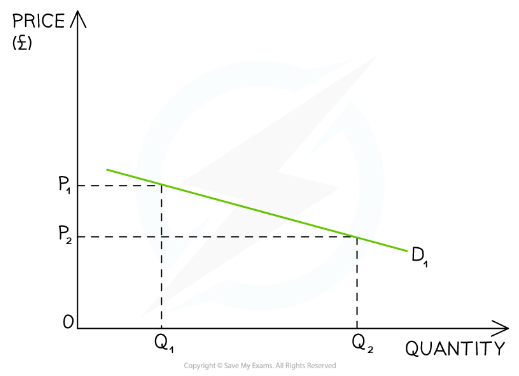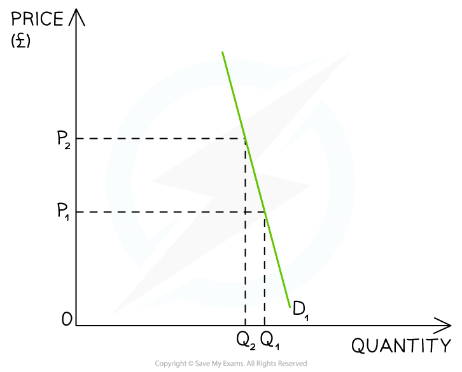An Introduction to Price Elasticity of Demand (PED)
- When there is an increase in price, there will be a fall in the quantity demanded and when there is a fall in price there will be an increase in the quantity demanded
- The question businesses are interested in is, by how much will the quantity demand change?
- The Price elasticity of demand helps us to calculate how responsive the change in quantity demanded will be to a change in price
- The responsiveness is different for different types of products
- The responsiveness is different for different types of products
Calculation of PED
- The PED value is always negative
- PED can be calculated using the following formula
- To calculate a % change, use the following formula
Worked example
The price elasticity of demand for popcorn at the cinema is –0.8. The current price of a box of popcorn is £5. Using the data, calculate the percentage change in quantity demanded following a £1 increase in the price of a box of popcorn. You are advised to show your work.
(4)
Step 1: Calculate the percentage change in price
£5 - £1/£5 x 100 = 20% (1 mark)
Step 2: Insert the data you have been given into the formula
(1 mark)
Step 3: Rearrange and solve for x
x = -0.8 x 20 (1 mark)
x = -16%
Step 4: Present the final answer
The quantity demanded falls by 16%. (4 marks for the correct answer)
Remember, if the price decreases QD increases and if the price increases QD decreases. In this case price increases therefore QD must fall






